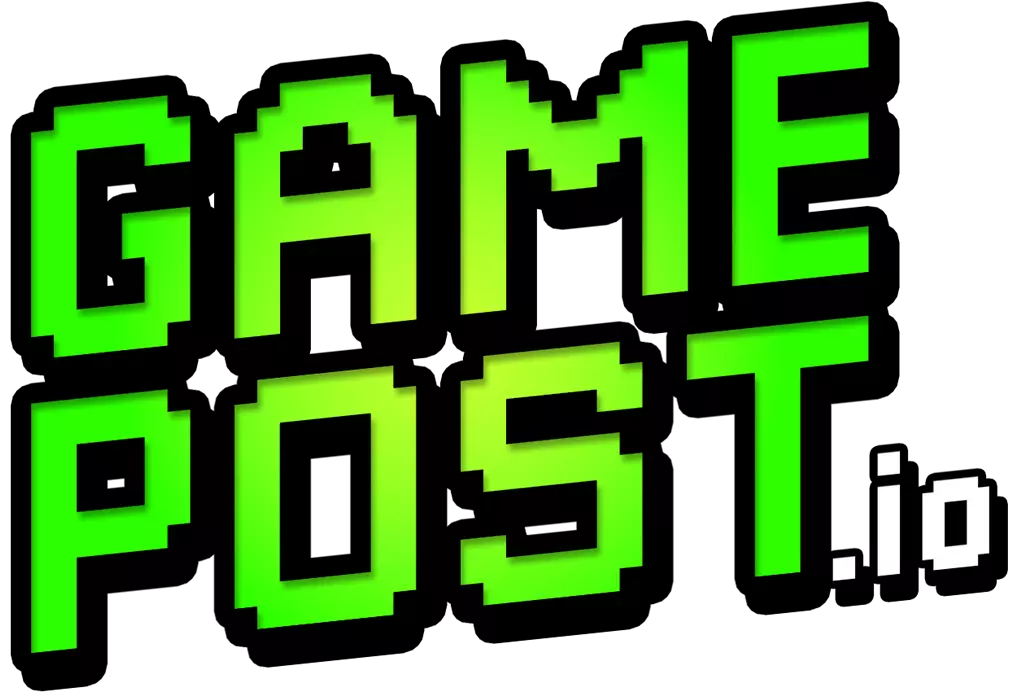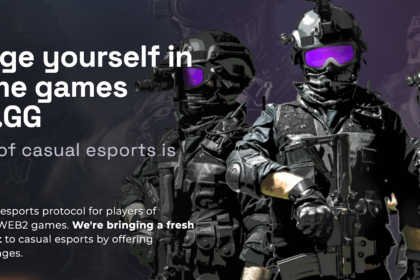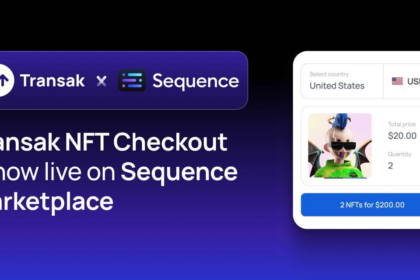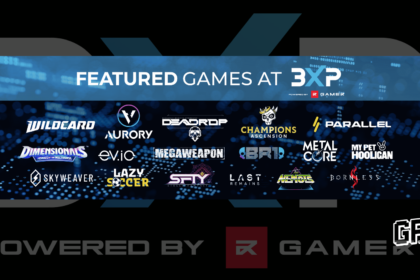Web3 gaming is an emerging field that is poised to revolutionize the gaming industry.
Unlike traditional gaming, web3 games are built on blockchain technology and leverage the power of decentralized networks. However, while the potential for web3 gaming is enormous, there are several challenges that need to be addressed. In this article, we will discuss the challenges facing web3 gaming projects and how they can be overcome.
Lack of User Adoption
One of the biggest challenges facing web3 gaming projects is the lack of user adoption. While the blockchain technology that powers web3 games has enormous potential, it is still a relatively new concept that many users are unfamiliar with. Additionally, web3 games often require users to have a certain level of technical expertise, which can be a barrier to entry for some users.
To overcome this challenge, blockchain gaming projects need to focus on user education and user experience. They need to provide users with clear and concise information about how web3 games work and how to use them. Additionally, they need to make the user experience as seamless and intuitive as possible, so that even users without technical expertise can enjoy playing web3 games.
Scalability
Another challenge facing web3 gaming projects is scalability. Blockchain technology is still in its early stages, and many blockchains struggle with scalability issues. This can make it difficult for web3 games to handle large numbers of users and transactions.
To address this challenge, web3 gaming projects need to focus on building on scalable blockchains and implementing efficient scaling solutions. They should also focus on optimizing their smart contracts and minimizing the number of transactions required to play the game.
High Transaction Fees
Another challenge facing web3 gaming projects is high transaction fees. Unlike traditional gaming, blockchain games require users to pay transaction fees for every action they perform on the blockchain. This can make it expensive for users to play web3 games, especially if they need to make multiple transactions.
To overcome this challenge, web3 gaming projects need to focus on minimizing transaction fees as much as possible. They should also consider implementing off-chain solutions, such as sidechains or state channels, to reduce the number of on-chain transactions required to play the game.
Web3 Gaming Regulation
Finally, web3 gaming projects face the challenge of regulation. Blockchain technology is still largely unregulated, and many governments are still grappling with how to regulate it. This can create legal and regulatory uncertainty for web3 gaming projects, which can make it difficult for them to operate.
To overcome this challenge, web3 gaming projects need to work closely with regulators and comply with any existing regulations. They should also focus on building a strong legal and regulatory framework that can help to protect their users and their business.
Web3 gaming has enormous potential, but it also faces several challenges. Lack of user adoption, scalability, high transaction fees, and regulation are all issues that need to be addressed. However, by focusing on user education and user experience, building on scalable blockchains, minimizing transaction fees, and complying with regulations, web3 gaming projects can overcome these challenges and help to usher in a new era of decentralized gaming.









